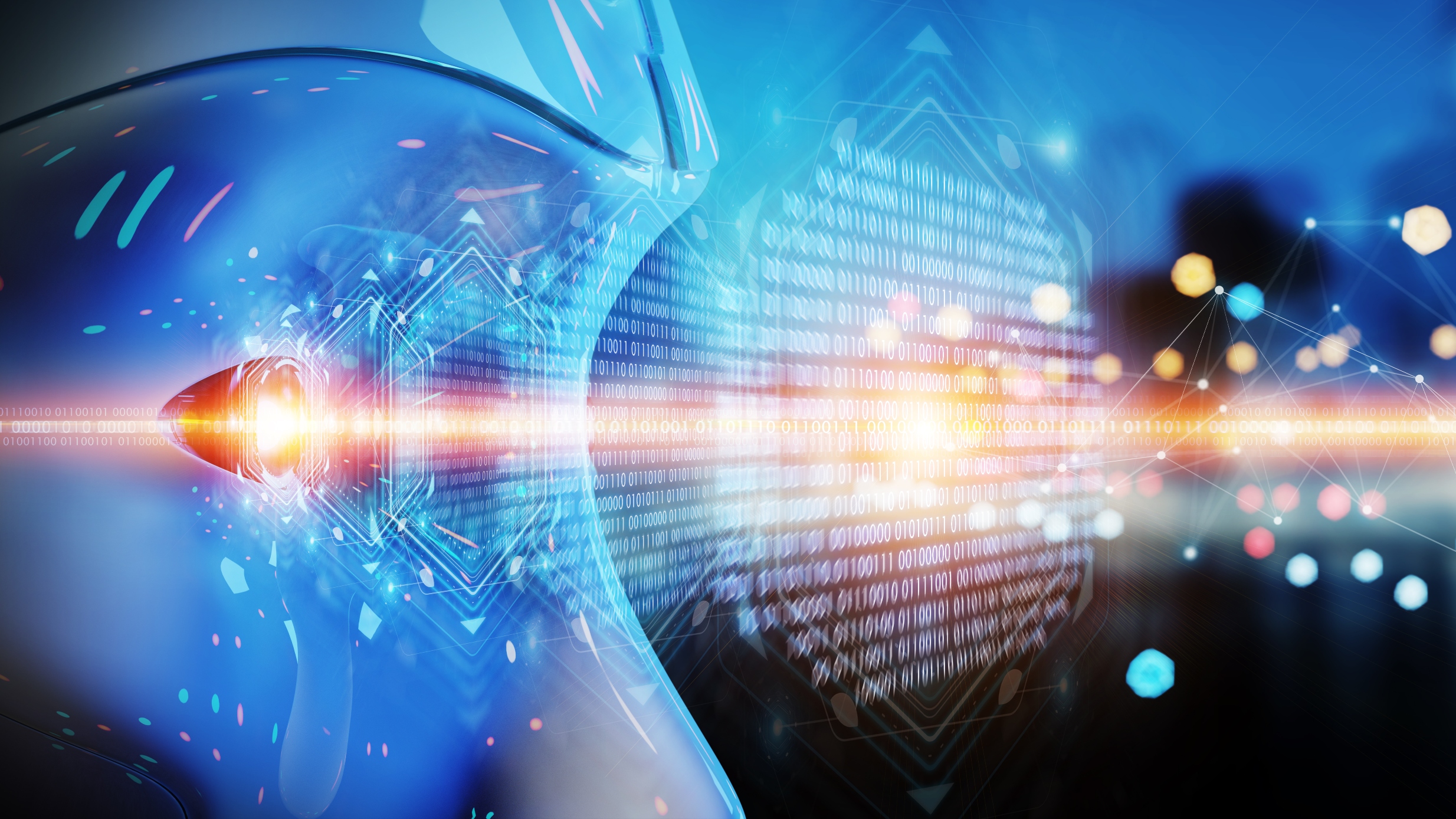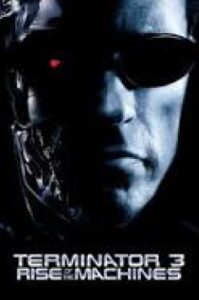Integrating “The Edge”, or “The Rise of the Machines”

Flow improvements from the integration of supply chain partners and the elimination of layers of traditional communication can also facilitate movement. Machine to Machine — or more appropriately, App to App — communications, without humans in the loop, are going to become much more prevalent, and the free flow of information between machines will be much faster as a general rule (versus human interaction and processing). A machine does not wait for a boss to come back from lunch or vacation. A Machine operates by rule embedded in algorithms and will automatically handle linkages in the supply chain.
Demand sensing represents the real promise of artificial intelligence and machine-based learning in managing supply chains. The press is too hung up on creating autonomous trucks, which is something that will not happen for at least ten years (in our opinion, due to the regulatory climate and instability of the technology). However, the true magic of AI in supply chain will occur in the compression of time and business. Supply chain speed of action will move inventory more quickly and drive the balance sheet. As one compresses the “white space” between events, where nothing is happening, the visibility of transactions occurs more quickly and with greater visibility, and the flow of data occurs instantaneously, as opposed to having human intervention and decision-making at each stage.
 One of the most important forms of digital sensing will come from information transmitted by inanimate objects, or what people are calling “the edge”. This is a radical departure from previous times, but is also consistent with the physical observation that trees, rocks, and landscapes change over time. The edge refers to the sensors increasingly being attached to objects, whether it is trucks, inventory, pallets, electrical systems, thermometers, and other objects. Eventually, most inanimate objects will have sensors, providing information from the “edge” of the network, through companies such as Sierra Network and others. All of these technologies communicate information from inanimate objects back to the center, much like the Sci-Fi film “Terminator 3: The Rise of the Machines”. Every device is getting smarter and smarter, and eventually all of our homes will be installed with smart devices, including the water meter, the fridge, the stove, the electrical system, and the thermostat. We will also likely see boxes and shipments with sensors, that may self-select the trucks that will stop by to pick them up and take them to their destination. These digital supply chains will dominate all others, because they can holistically create insights into upstream and downstream conditions, allowing managers to “see all”, using data from the edge combined with demand sensing data. As people work more from home in a post-Covid world, we will also likely see holograms replacing people meeting face to face. A manager will be able to see where their shipment is, sitting in a box in Hong Kong, and the system may connect that box to a container that is leaving one day earlier than scheduled, a robot picks up the box, and puts it in the container. Inanimate objects and now communicating with one another, and every generation of digital is going to become more intelligent.
One of the most important forms of digital sensing will come from information transmitted by inanimate objects, or what people are calling “the edge”. This is a radical departure from previous times, but is also consistent with the physical observation that trees, rocks, and landscapes change over time. The edge refers to the sensors increasingly being attached to objects, whether it is trucks, inventory, pallets, electrical systems, thermometers, and other objects. Eventually, most inanimate objects will have sensors, providing information from the “edge” of the network, through companies such as Sierra Network and others. All of these technologies communicate information from inanimate objects back to the center, much like the Sci-Fi film “Terminator 3: The Rise of the Machines”. Every device is getting smarter and smarter, and eventually all of our homes will be installed with smart devices, including the water meter, the fridge, the stove, the electrical system, and the thermostat. We will also likely see boxes and shipments with sensors, that may self-select the trucks that will stop by to pick them up and take them to their destination. These digital supply chains will dominate all others, because they can holistically create insights into upstream and downstream conditions, allowing managers to “see all”, using data from the edge combined with demand sensing data. As people work more from home in a post-Covid world, we will also likely see holograms replacing people meeting face to face. A manager will be able to see where their shipment is, sitting in a box in Hong Kong, and the system may connect that box to a container that is leaving one day earlier than scheduled, a robot picks up the box, and puts it in the container. Inanimate objects and now communicating with one another, and every generation of digital is going to become more intelligent.
This will dramatically increase the velocity of supply chains, and take humans out of the equation for decisions that are driven by a common objective, to speed up moving materials. Humans will be needed, but machines can often make decisions without bias, and without hesitation. Consider that throughout history, time and time again, pauses in human decision-making have been the major flaw in how major battles were won and lost. We are again reminded of the foolish decisions of General George McClellan at Antietam, where in possession of the Robert E. Lee’s entire war strategy, he did nothing with the information. He could have divided the enemy, then destroyed him at his leisure, putting an end to the Civil War. And yet, “…he did nothing, performed no reconnaissance, and issued no orders, and not a single one of his commanders dared to tell him to do so.”
As information flows between organizations and machines is increased, environmental sensing in the network will occur instantaneously, and ensure that supply and demand peaks and valleys are communicated in real time. This idea of environmental network sensing is similar to the idea of your body’s recognizing invaders through its immune system. One’s body has an “innate” immune system that it is born with, and which is active the moment you are born. The system recognizes an invader, and goes into action immediately, and the cells surround and engulf the invader, and kill him. These cells are phagocytes. There is also another immune system called the acquired immune system which produces cells (antibodies to protect your body from a specific invader. These antibodies are developed by cells called B lymphocytes after the body has been exposed to the invader. After the first exposure, the immune system will recognize the invader and defend against it. This is what immunization does: train your immune system to make antibodies to protect you from harmful diseases.
Let’s think about another simple example: toilet paper. During March, April, and May 2020, anyone taking a trip to the grocery was baffled to find that the toilet paper aisles were completely and starkly bare. Not even a single package was available on most days at most stores. What happened? Were the TP companies halting their production? In fact, what happened was a function of the coronavirus announcement, and people anticipating shelter-at-home mandates starting to appear around the globe States, based on what was happening first in China, then in Italy, Spain, Germany, France, and eventually, the United States. This led to fears of scarcity, which in turn led people to begin to hoard one of their first and immediate needs: hand sanitizer, toilet paper, meat and protein, cleansers, baby diapers, and paper towels. For these industries, demand has always been relatively stable, and is subject to only minor variations in demand. None of them anticipated or sensed that the population would be anticipating scarcity of these supplies – so even though there was in many cases 30 days of supply in the channel for most of these grocery store items, the sudden rush depleted these inventories in a matter of one or two weeks! The inability of these enterprises to “sense” that demand would spike due to fear of COVID and shelter at home led to the shortages.
The second component of environmental sensing is the ability to rapidly scale up production, or scale it down, based on the demand signal. Procter and Gamble, a consumer goods company, developed a demand-sensing algorithm years ago that was quick to detect even a minor variation or uptick in demand, and quickly communicate that signal down the supply chain instantaneously to distributors, manufacturing sites, and suppliers. (It is interesting that in the midst of COVID, I was consistently able to buy “Bounty” paper towels that were always on the shelf, that are manufactured by P&G. Evidence of the demand signal at work!). But as we move into a post-COVID world, the ability of the flow of information in a rapid fashion will be critical.


